Telling the city’s and island gastronomic traditions means searching for the red thread in an ancestral and mythical past. This is what Cristina Colajanni does, in this article, a French language teacher who has been involved in support for years in lower secondary school. Strong-willed and stubborn woman, married and mother of two daughters, music addict and travel lover, Colajanni has a refined taste that is expressed in the choice of different aesthetic paths. Our chronicler takes care, as a “generaless”, of her houses dividing herself between the historic center and Mondello. Each object, collected and sought after on travels, each plant cured or the preparation of a dish reveal his passion for the art of receiving and living together. Today, a showcase of a renowned pastry shop and a tradition whose origin is lost in the mists of time tells us.
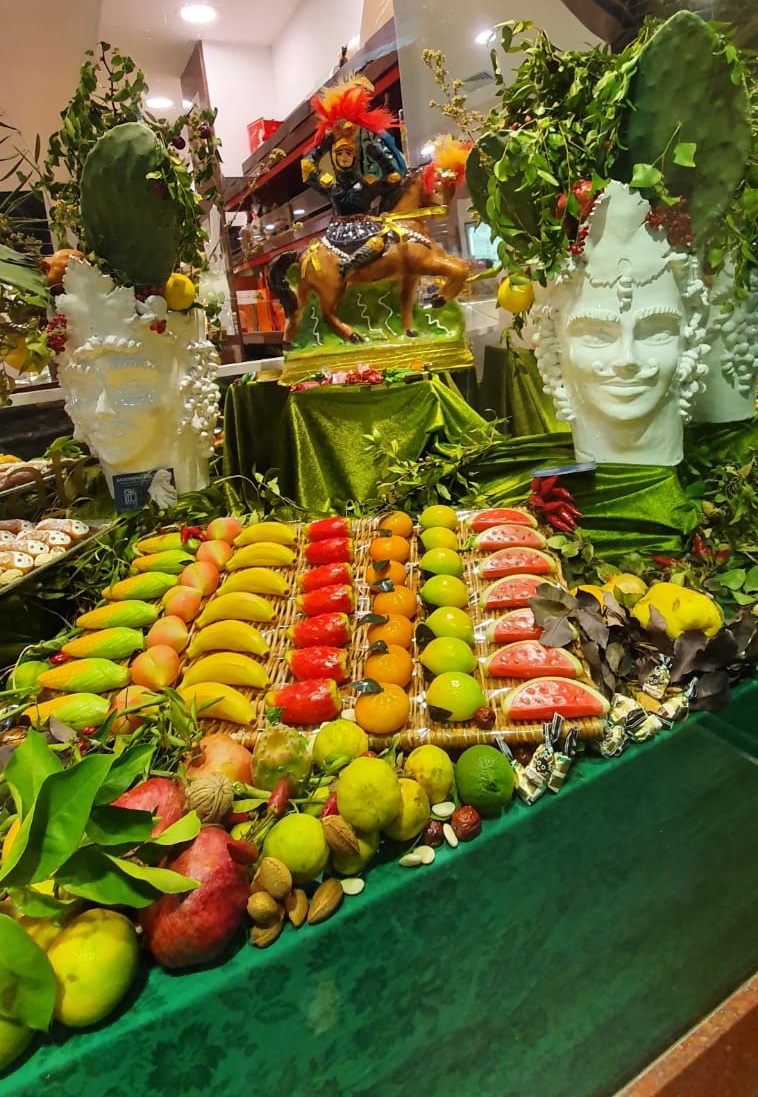
Every year, in October, in Palermo, the shop windows of the pastry shops are flooded with bright colors with baskets and trays overflowing with the so-called “Martorana fruit”, or almond paste worked with sugar and painted, which reproduces in scale fruits, sweets and various and succulent foods typical of the traditional Palermo gastronomy. Martorana, also called pasta reale, certainly derives its origins from the wide spread of almond trees in Sicily, so it is likely that since the Greek colonization they used to stuff sweets with ground almonds. Tradition tells that in the Norman period, exactly in 1308, the Benedictine nuns of the convent annexed to the church of Santa Maria dell’Ammiraglio (founded in 1194 by the noblewoman Eloisa Martorana) prepared sweets for the first time with almond paste in the shape of a citrus fruits. They then hung them on the trees in the convent garden to replace the fruits already harvested in order to embellish their slightly bare citrus grove and therefore to receive Pope Clement with all honors. This is the reason why, first in Palermo and then throughout Sicily, sweets made with almond flour and sugar were called “Martorana fruit”.
The name “pasta reale” was born in 1799 in relation to the visit to Palermo of Ferdinand III, King of the Two Sicilies, to whom these sweets were offered, a joy first for the sight and then for the palate. In fact, the care with which Martorana fruit is made amazes even the most critical eye.
It is linked, together with other typical biscuits, to the heartfelt anniversary of the “dead”: in fact, the Palermo tradition wants that the night between the first and the 2 November the dead wake up and wander to get sweets and toys for the children. dear and well behaved. To this end, on the tables of Palermo that night “u cannistru” (the basket) is left, a basket full of dried fruit, dried figs, martorana fruit, biscuits called “bones ri muortu” and above all this goodness, almost to make guards the sweet booty, the Pupaccena. The Pupaccena or “pupi ri zuccaru” are hollow figurines made of hardened sugar which are given the shape of paladins, princesses and other characters in a mold. Colored with pastel colors, they reflect the skill of the very few pastry chefs who still produce them.
Another tradition is to admire the shop windows set up in this period while strolling in search of the most captivating display.
This year, in a riot of displays, a showcase stands out above all: that of the historic Bar Spinnato in Piazza Castelnuovo which combines the richness of the variety of desserts that accompany the Palermitans in this period, always and forever closely linked to this particular tradition , to the refinement of the scenographic setting that enhances the “Sicilianity” drawing inspiration from the typical symbolism of the local culture with historical and literary references. Above the window stands a splendid Pupaccena representing a paladin on horseback, finely painted with amazing details. Two white ceramic vases representing the heads of two Moors, adorned with prickly pear blades and myrtle berries, recall a legend linked to the most ancient Sicilian literature. The gaze then rests on triumphs of biscuits such as taralli, San Martino biscuits and, of course, the inevitable “dead bones”. The eye is enchanted by the Martorana fruit platters of the most varied shapes, like freshly picked fruits in a garden where here and there are also fresh quinces (these too closely linked to the Sicilian confectionery tradition with the famous “quince” generally cooked by grandmothers in this period) and there is no shortage of pomegranates and dried fruit. In this setting, however, the almond paste also takes the form of cassatine and cannoli, a reference to the sweets of the best local tradition always present on Sunday tables. Finally, the symbolic reference to the party dedicated to children with a basket of puppets, candies and chocolates. Therefore, an exhibition that cannot fail to move the panormita traveler, bringing him back to nostalgic memories linked to this tradition lived from childhood and handed down from generation to generation.





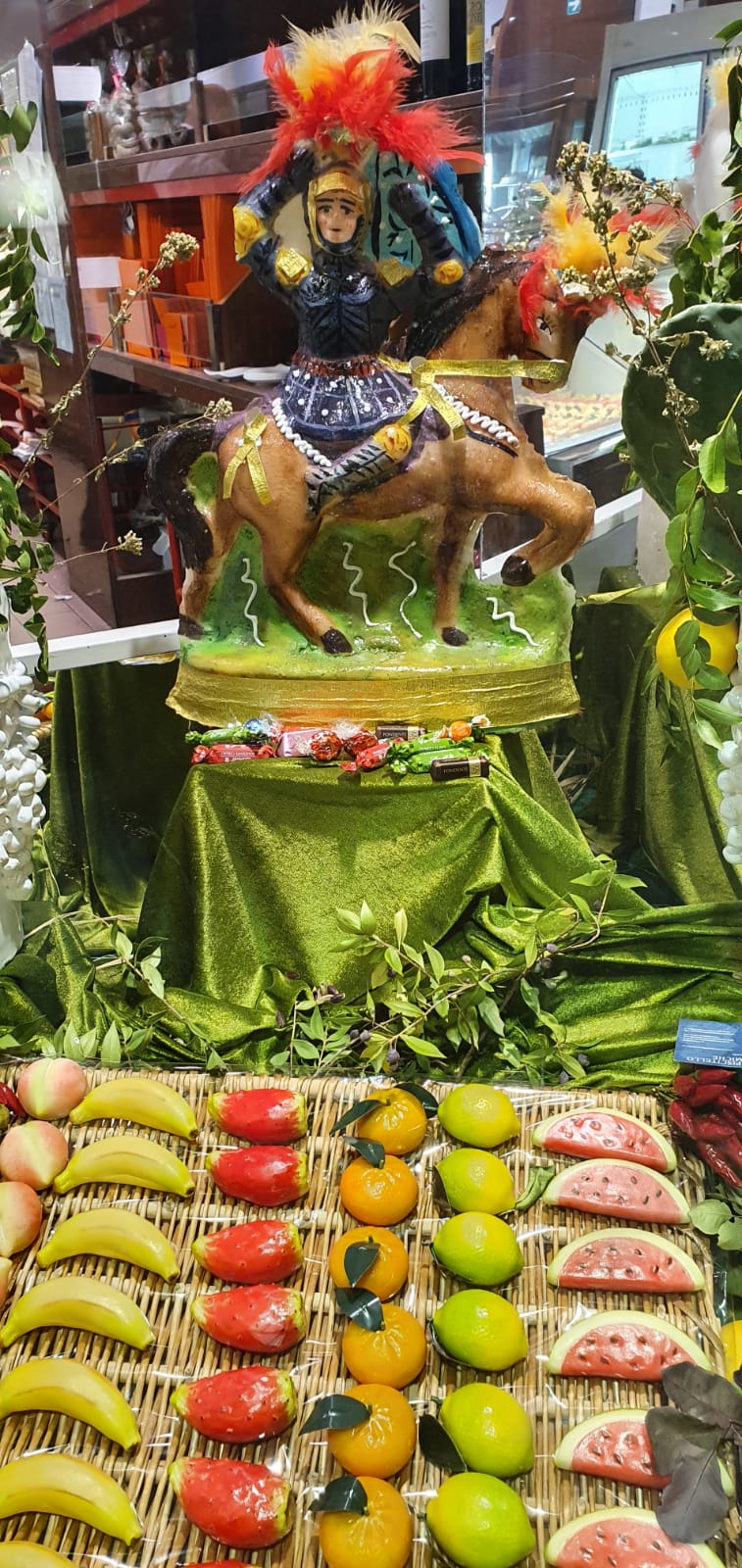
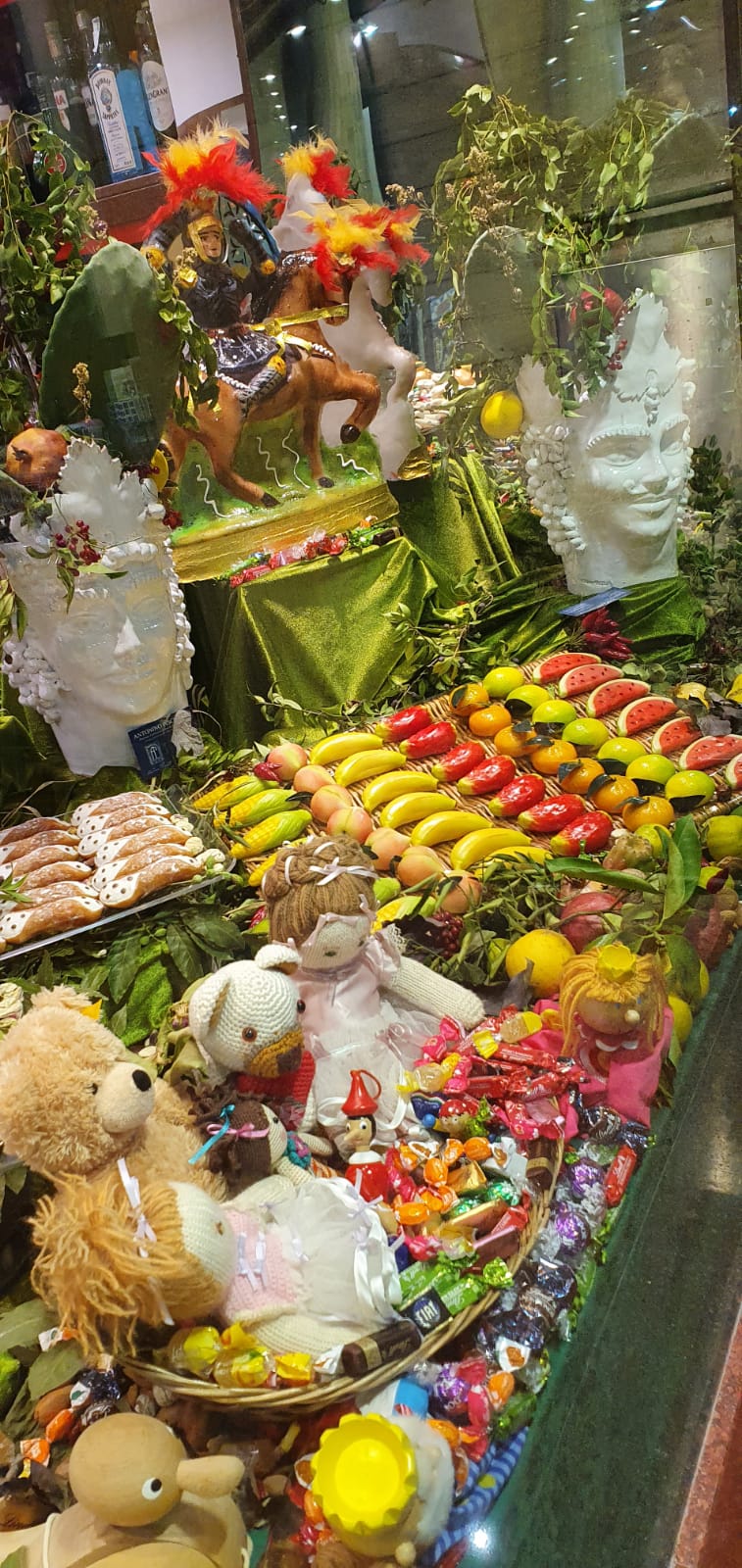



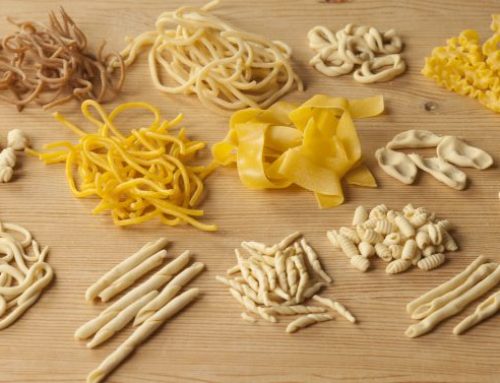
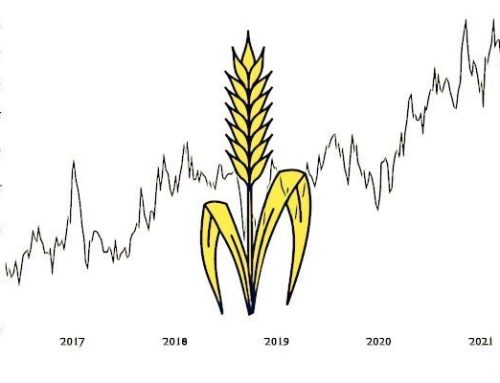
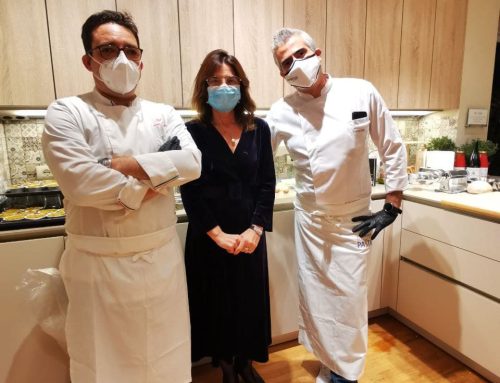

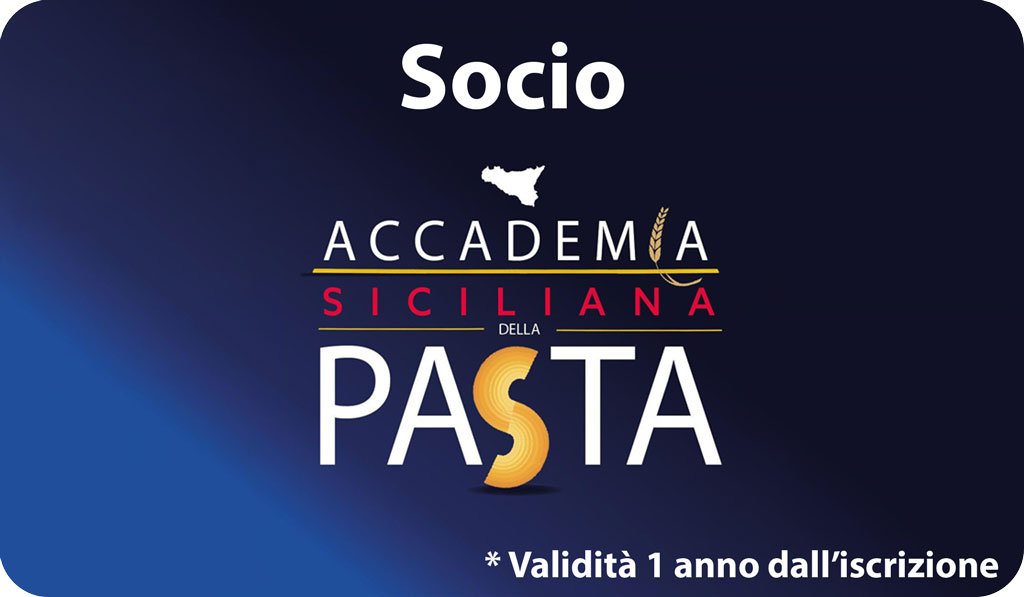
Leave A Comment